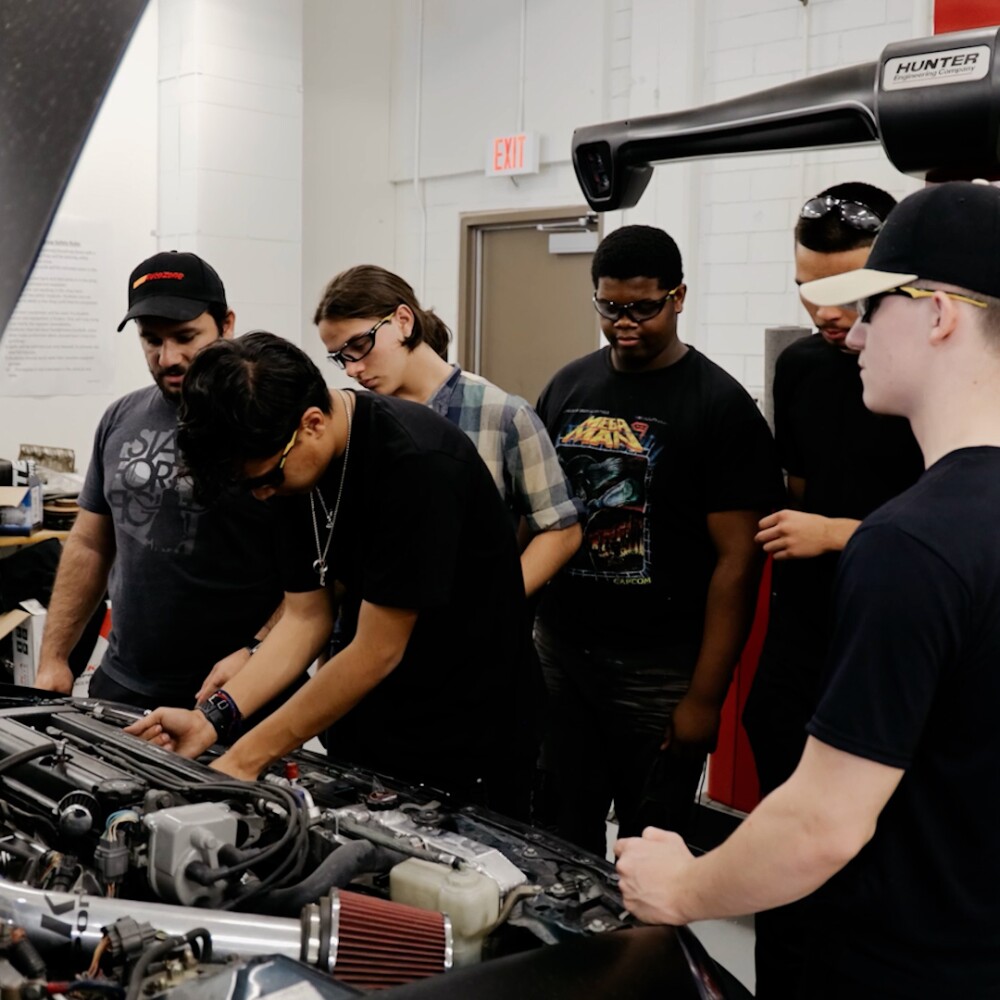For kids born in the 1940s, it was a virtual guarantee – over 90% – that they would achieve the American Dream, meaning they would earn more over their lifetime than their parents.
Over time, this dream has faded. For kids born in the 1980s, only about 50% will achieve this metric. The notion that America is a land where, through hard work, anyone has a shot at being successful is unfortunately no longer the case. Instead, it comes down to a coin flip.
Through Opportunity Insights, our research and policy institute at Harvard, we’ve been focused on finding out what’s driving this dramatic trend. This historical context will be critical in understanding and solving the compounding economic crises of today, including the effects of COVID-19.
Moving forward, how do we give more kids, and especially kids from lower-income neighborhoods, a better chance of rising up the economic ladder?
Across our research, we’ve found that where you live greatly impacts upward mobility. In places like Dubuque, Iowa, kids starting out in families making $27,000 a year end up with average incomes of $45,000 a year just one generation later. In contrast, kids who grew up in comparative families in Charlotte, North Carolina, end up with average incomes in adulthood of only $26,000 a year. In other words, there is no upward mobility from one generation to the next.
What is driving these differences? One theory points to job growth and economic activity. Think Silicon Valley versus rural Montana. In reality, that explanation is unlikely. Charlotte, after all, is one of the fastest growing cities in the country in terms of job and wage growth. But in 2014, we found it ranking 50th out of the 50 large cities in the U.S. for upward mobility.
The answer to the declining American Dream doesn't fundamentally seem to be about jobs. Rather, what we found, is that it revolves around childhood environment.
The reality is that across the 30 largest U.S. metro areas, there is virtually no relationship between job growth and upward mobility. The answer to the declining American Dream doesn't fundamentally seem to be about jobs. Rather, what we found, is that it revolves around childhood environment.
In our research, we are trying to figure out what makes some neighborhoods and cities “higher mobility” than others.
There are four strong predictors of upward mobility – mixed-income neighborhoods, more two-parent families, greater “social capital” (those willing to lend a hand) and good schools.
In other words, communities that focus on equitable, high-quality education and foster social connections between diverse economic groups see better outcomes.
When the COVID shock hit, our team pivoted toward trying to understand how this crisis would impact economic opportunity in the U.S., both in the short and long term. To better track what was happening, our team developed a tool called the Economic Tracker, collecting data from private companies on everything from employment rates to virtual learning.
During the pandemic, 37% of people working in jobs that paid less than $13 an hour lost their jobs − about 12 million Americans. While there has been some recovery for these workers, growth has essentially stalled.
For higher wage workers, we found a very different pattern – the so-called V-shaped recovery. Thirteen percent of these workers lost their jobs by mid-April 2020, but within two months they were back to pre-COVID levels of employment.
We find ourselves at a moment of tremendous potential going forward.
It is clear that this crisis is exacerbating existing disparities in economic outcomes, and this extends to the children of low-wage earners.
Using data from online math learning platform Zearn, we found a heartbreaking pattern. When schools went remote in mid-March last year, kids in the bottom income quartile suffered most. Progress on math lessons fell by about 60%, and there was very little recovery by the end of the school year. These disparities persist today, with low-income kids missing the equivalent of one school day each week in terms of learning loss.
Echoing what we saw on the employment front, children in high-income families saw a short-term drop, but also quickly bounced back.
We're at a pivotal moment in this country. Even before the pandemic, upward mobility was already on a downward trend.
While this could cause disillusionment, an era of disruption like this creates new opportunities to fundamentally rethink how we deliver education, how we organize our cities and how we train people in the labor market.
We find ourselves at a moment of tremendous potential going forward. We can improve outcomes – and restore the American Dream – with modern data, better evidence and more informed policies.
Adapted from remarks at the Walton Family Foundation’s Learning & Leading Together conference on February 9, 2021.




